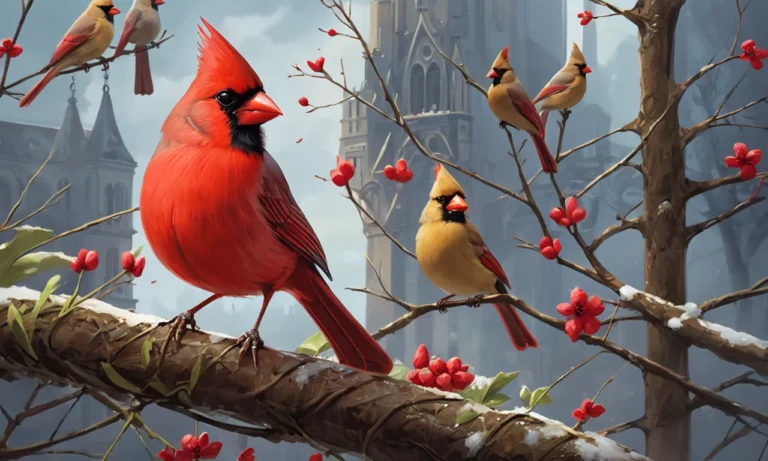Dream of Color Blue: The Ultimate Guide for Artists and Designers

If you’re an artist or designer, you understand the importance of color in your work. Out of all the colors available, one that often stands out is the color blue. Whether you prefer a deep shade like navy or a lighter hue such as sky blue, incorporating shades of blue into your projects can add depth and emotion to your designs. In this comprehensive guide, we’ll explore the various shades of blue, their meanings, how they affect human emotions, and tips for using them effectively in art and design.
The Psychology Behind Blue Colors
Blue is a versatile color that can evoke different feelings and emotions depending on its shade. Here are some common associations with various shades of blue:
- Royal Blue: Royal blue represents power, sophistication, and luxury. It’s often used in corporate branding and high-end fashion to convey exclusivity and prestige.
- Navy Blue: Navy blue is associated with stability, formality, and tradition. It’s commonly used in uniforms, government buildings, and conservative industries.
- Sky Blue: Sky blue has a calming effect and evokes feelings of peace, tranquility, and relaxation. This color is often used in spa settings or to create serene atmospheres.
- Light Blue: Light blue is associated with innocence, purity, and cleanliness. It can also symbolize the sky and water, making it perfect for designs related to nature or the ocean.
- Cerulean Blue: Cerulean blue represents clear skies and boundless horizons. This shade conveys a sense of freedom, creativity, and openness.
- Blue-Green: Blue-green combines the calming qualities of blue with the freshness of green. It’s often used to represent environmentally friendly products or brands that promote sustainability.
How Different Shades of Blue Affect Human Emotions
Understanding how different shades of blue influence emotions can help you choose the right color for your project:
- Increased Productivity: Studies have shown that workers in offices painted with light shades of blue tend to be more productive and less stressed than those in other colors’ rooms.
- Reduced Appetite: Research indicates that people eat less when surrounded by blue tones, making this color a good choice for restaurants or cafeterias looking to encourage healthier eating habits.
- Enhanced Creativity: Blue-green hues can stimulate creative thinking and problem-solving skills, making them ideal for brainstorming sessions or creative workspaces.
- Increased Trustworthiness: Darker shades of blue, such as navy or royal blue, are often associated with trustworthiness and dependability. This makes them suitable for financial institutions or businesses that rely on customer trust.
- Promote Relaxation: Lighter shades of blue, like sky blue or turquoise, can help create a calming atmosphere, making them perfect for spaces where relaxation is important, such as spas or meditation rooms.
Tips for Using Blue Colors in Art and Design
Now that you understand the emotions and associations connected to different shades of blue let’s explore some tips on how to effectively incorporate these colors into your artwork and designs:
- Choose Your Shade Wisely: Consider the message or emotion you want to convey through your design, then choose a shade of blue that aligns with those goals.
- Pair Blue With Complementary Colors: While blue can be powerful on its own, pairing it with complementary colors like orange or yellow can add depth and interest to your designs.
- Consider Context: Pay attention to the context in which your design will be used. For example, if you’re creating a website for a financial institution, using darker shades of blue may convey stability and trustworthiness.
- Use Blue Gradients: Gradient effects can add dimension and visual interest to designs that incorporate blues. Experiment with different shade combinations to create unique gradients that complement your overall design.
- Test Your Designs: Don’t be afraid to test out different shades of blue within your designs before settling on the perfect hue. This will help you ensure that your final product effectively conveys the desired emotions and associations.
In conclusion, blue is a versatile color with various meanings and associations depending on its shade. Understanding these nuances can help artists and designers choose the right shades of blue for their projects while also evoking specific emotions or reactions in viewers. By following the tips provided in this guide, you’ll be well-equipped to harness the power of blue colors in your artwork and designs.
Remember, practice makes perfect when it comes to selecting the right color palette for any project. So don’t hesitate to experiment with different shades of blue and other complementary colors as you continue to refine your creative skills. Happy designing!






